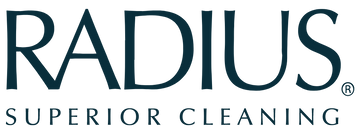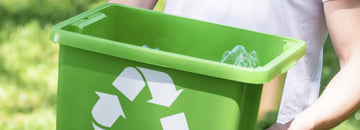The good news is that the recycling rate in the United States has been and is on an uptick ever since Earth Day in 1970. The bad news is that sometimes recycling gets tricky. What can I recycle? Where do I recycle it? Recycling some things, like paper, is pretty simple, while recycling other things, like toothbrushes, is not so simple.
WHY SHOULD I RECYCLE MY TOOTHBRUSH?
The short answer is to reduce waste. c You want beautiful beaches? Recycle as many items as you can so they have new life, not a life in a landfill or ocean.
CAN I RECYCLE MY TOOTHBRUSH?
The short answer is yes. Where there’s a will there’s a way. But, if you think you can toss any old toothbrush in your recycle bin at your home, think again. Recycling centers report that toothbrushes stick and jam their machines. On top of that, the entire brush isn’t fully recyclable.
The metal staples for the bristles need to be removed, for example. Since they won’t put toothbrushes into the recycling machines with the rest of your plastics, it will get sorted out and sent to live out a boring, long afterlife in a landfill.

MAIL IT IN, BABY!
If the problem is that the whole toothbrush can’t be recycled as-is, then the solution is to take apart the toothbrush then recycle it. Every American will take the time to do that, right? Wrong. Way wrong.
There’s a program that does this - the Oral Care Recycling Program. This national program takes any brand’s toothbrushes, toothpaste tubes, and floss containers (RADIUS® floss packaging is paper and fully recyclable!). They separate the parts, shred, and clean them. Those parts go on to be used in making items like playground equipment, picnic tables, bike racks, and more. The process to send your items to the Oral Care Recycling Program is easy:
- Find a box for your toothbrushes (send a bunch at once!) and toothpaste tubes
- Print and affix the shipping label from the TerraCycle site
- Send it!
BREAKING DOWN THE BRUSH
We mentioned the entire toothbrush is not recyclable as a whole. It’s not just the metal staples in traditional toothbrushes, but also the bristles that might not be environmentally-friendly. Nylon 6 is a common material used for plastic and bamboo toothbrush bristles. It does not have good biodegradability. Nylon 4 is better, but the jury is still out on how much better.
The best alternative is eco-friendly vegetable-based nylon bristles. That's what RADIUS® uses for their toothbrushes. Vegetable-based nylon is better because of its biodegradability but also the reduced emission from castor oil instead of petroleum during production.
The handle of most toothbrushes, which is the majority of the toothbrush, is made of plastic. That means it doesn’t break down in landfills. Bioplastics are created from natural sources and have the ability to break down in landfills. Hooray for science and nature!
Each super soft RADIUS® toothbrush is created with EcoPure®, meaning that it is 100% biodegradable in landfills.
Like the old saying goes, “Reuse, recycle, and choose biodegradable toothbrushes and toothbrushes made of recycled items”. Okay, maybe that’s our own version of the old saying, but it’s our passion. We think it’s important to also focus on the end-of-life of a product. Teams of smart people have studied the research on what resins break down, how fast, how they are made, how they are packaged, and so much more. Our commitment to eco-friendly and sustainable products with a reduced footprint is unparalleled. We work hard to make everyday products better. Simple.
Recycling Resources
Find recycling centers at: Earth911.com
Learn more about Terra Cycle at: Terracycle.com


